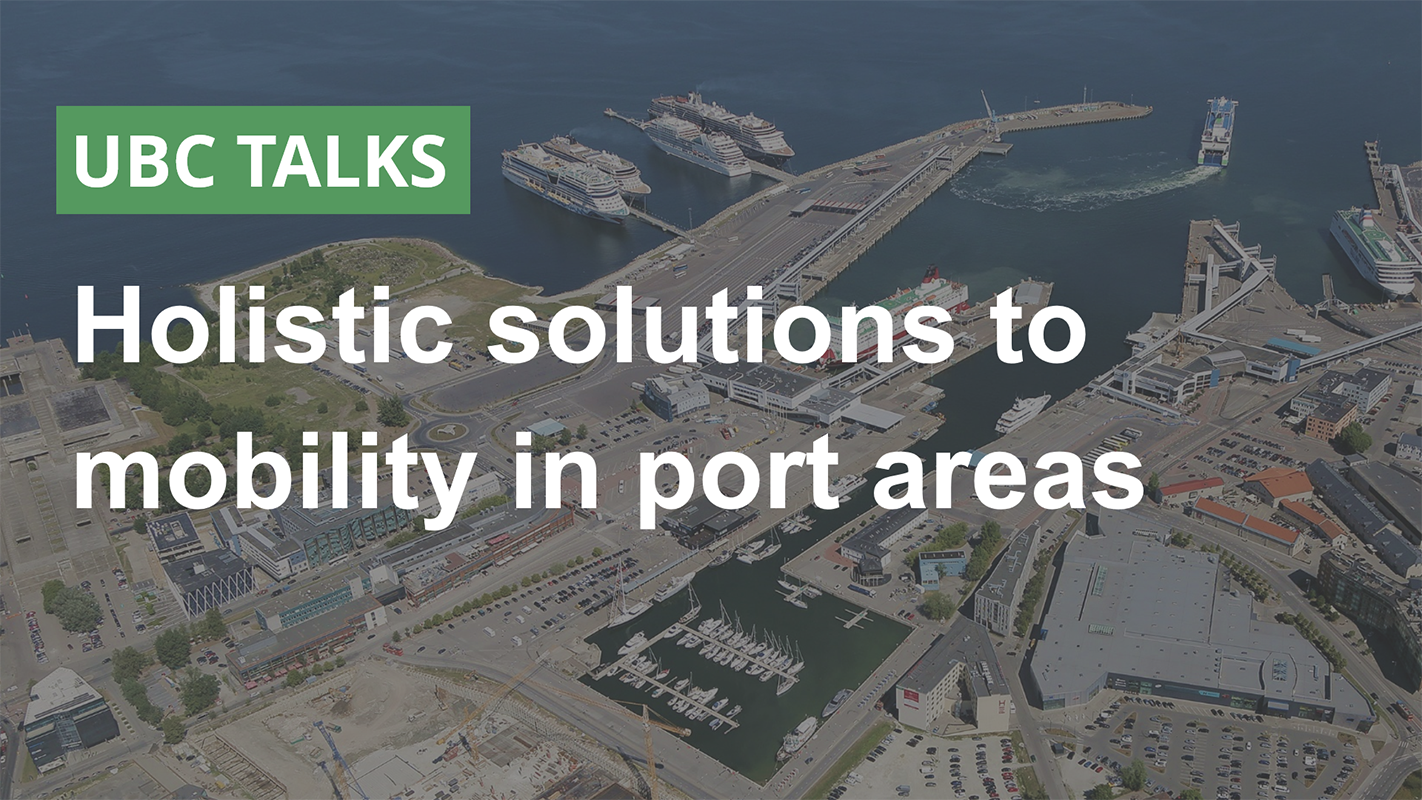The webinar was opened by Tero Haahtela and Teemu Surakka from Aalto University, lead partner of the project, who briefly explained HUPMOBILE in a nutshell. The project, which started in 2019 and ended last year, aimed to provide holistic solutions to sustainable mobility in the Baltic Sea Region. It focused on sharing knowledge, developing existing solutions and processes, and improving stakeholder engagement. In their opening presentation, Haahtela and Surakka highlighted two of the project’s outputs: the Self-Assessment Tool and the Impact Assessment Tool, as those reflect the project’s overall themes of being intended for a wider board of stakeholders and sharing best practices with other cities.
Next presentation was by Marketta Kyttä from Aalto University, who discussed how the mobility behavior styles of urban residents can be addressed in smart urban planning. The presentation was based on a study that Aalto University conducted in the city of Turku in the beginning of 2020, where they launched a maptionnaire to survey 800 people on their mobility lifestyle. The results were used to examine the future developments of the city’s port area. In the study, 4 personas or lifestyles were identified and according to Kyttä, these personas can be targeted as different market segments in traffic management, for example, or considered when making investments or deciding on maintenance.
The third presentation was based on a case study conducted in the city of Hamburg. Heike Bunte explained that the aim of the study was to improve transport and active mobility in harbor areas, which traditionally are not designed for walking or cycling. However, as cities grow, there is a strong need to develop these areas because they contribute to sustainable cities. In the study an interactive map of a 12-kilometer cycling commuter route in the District of Altona was produced to address the common issues related to active mobility in harbor areas and to provide solutions to them.
Up next was the city of Tallinn that had launched a mini pilot to study adaptive traffic management, where traffic is optimized based on real-time data. According to Liivar Luts, the aim was to increase mobility flows using electronic solutions and to promote the switch towards greener transport, prioritizing public transport. Before moving on to the mini pilot, the city audited a road called Reidi to find out what kind of data is needed. In the actual mini pilot different detectors and a smart intersection software, which decides when to give the green light, were installed to a tricky, H-shaped intersection near the harbor. The result was that the city was able to reduce the total waiting time for cars and the tram was able to move faster. However, it was concluded that in these solutions, sensor information is crucial and that these results are feasible only in heavy traffic corridors. Moreover, there is no general end-product suitable for all cities, but these solutions must be tailored.
Lastly, it was the city of Riga and Kristaps Kaugurs and Viktorija Prilenska, who presented the Participatory Tools created in the project. These tools are intended to help improve stakeholder processes, as well as co-creation with residents on all kinds of public projects. The framework for stakeholder engagement process has a holistic approach and consist of 5 different stages from getting to know the stakeholder, to defining the goals and using the tools accordingly, to engaging and ultimately, to evaluating the outcomes. The toolkit on the other hand consists of 16 digital and 16 face to face methods, providing a mixture of different working modes. According to Kaugurs, the Participatory Planning Toolkit makes choosing the right methods for a project easy and fast and it also makes participatory planning methods easy to navigate, to understand and to use.
The webinar concluded in an active questions and answers session, where the participants were able to discuss with the speakers. Most questions concerned the applicability of these studies in different cities and even in different countries, as the webinar had several participants from outside Europe and the Baltic Sea Region.
